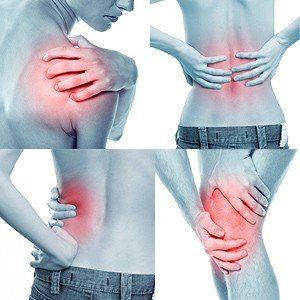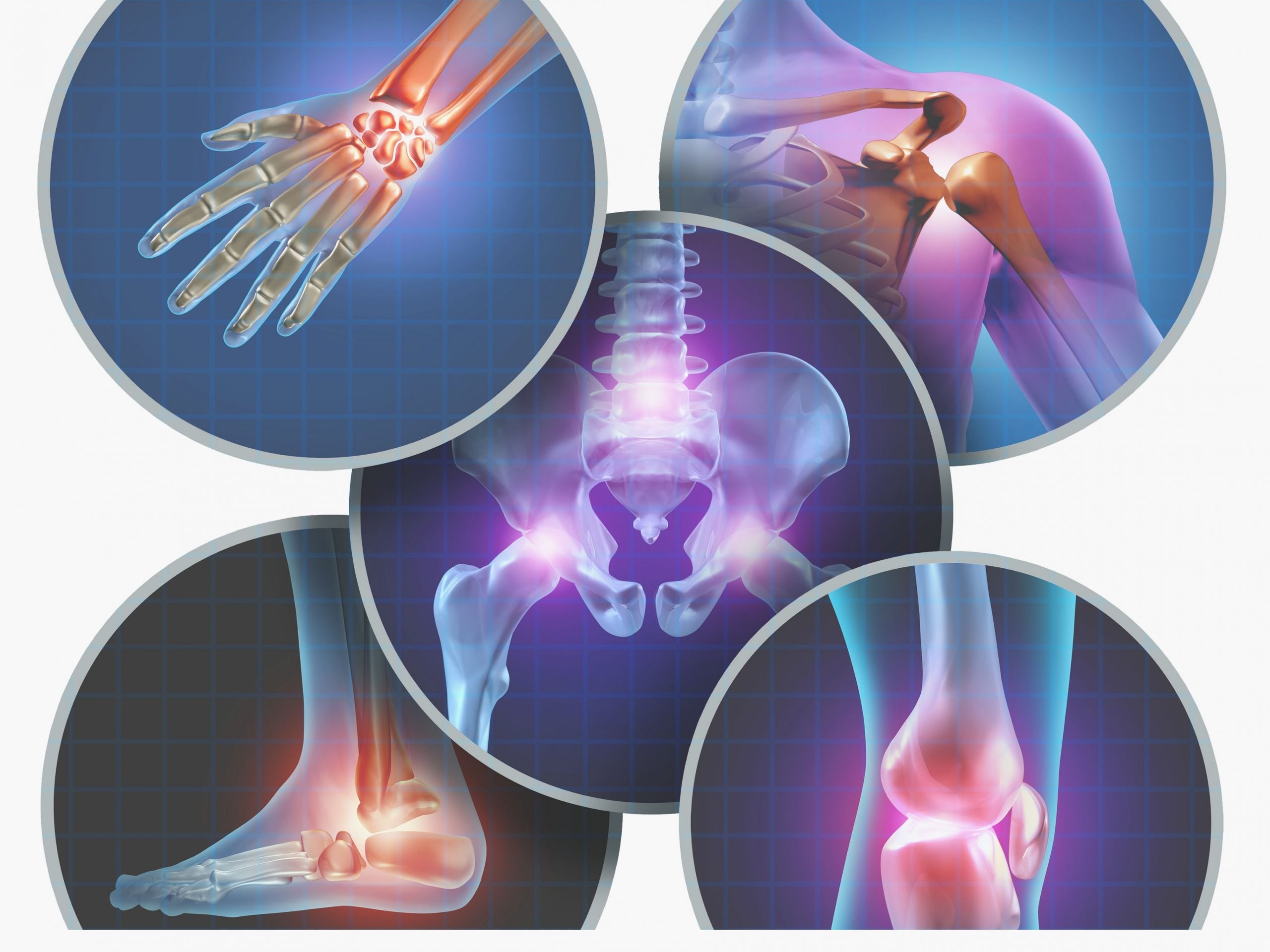reWhat do we know about pain?
Firstly, why do we feel pain? The simple answer is: To Protect You!
We could just end this article right there, put a big ‘full stop’ and all go home. That would give an answer to the question but it would still leave us scratching our heads and still asking, ‘but why do we feel pain and how does the body process it?’
Ultimately, your body tells you that you are in pain because it is telling you that something is wrong, and you need to do something about it. In fact, you can go to this web-site to avail pain-relieving products.
What is wrong? You have been exposed to a dangerous stimulus, for example fire, a damage has occurred for example a broken bone or an injured or stressed muscle.
You can think of how the body processes pain as a cycle of Stimulation; Transmission; Recognition and Localisation; and Awareness.

Lower back, neck, shoulder and knee pain
The biology of pain
Several things can stimulate specific nerve endings in the body. As examples, out of accidents you can seek help from injury claims lawyers in Pikesville to claim compensation.Pain can also be caused out of injury, inflammation, an impact, a stress or chemicals. These nerves transmit this stimulation to your brain, via your spinal cord, for processing. The specific part of the brain where this stimulus is processed is called the Thalamus.
Your brain performs two vital functions. Firstly, it tells your conscious mind that something is wrong in the part of your body where the stimulus originated, and it transmits that a message back to that part of your body. This all happens very quickly, and in many cases, it is a matter of microseconds and feels immediate.
These two actions that your Thalamus performs helps to achieve two things. It alerts your mind to the presence of a ‘bad’ stimulus with a hurting effect, and it identifies and localises the location of these on your body. This way you know that you are hurting and you know where you are hurting. Your body also has other complimentary nerves and mechanisms to help you identify the type of stimulus.
It will detect whether or not it is due to the cold or heat, or if it is due to blunt trauma, incorrectly positioned or inappropriately stretched muscle, or if it is due to one of many other causes. These nerve endings are pervasive in your body and are just about everywhere you can think of.
Why does pain last longer than the initial stimulus?
The brief answer to this question is that it is a combination of two things. It is a protection mechanism that alerts you to something that is hurting you and as long that hurting stimulus persists you continue to feel pain. If people are looking for attorneys for metal in baby food, and the pain caused due to it , they can get them from clicking on their official site.
Another reason that you can continue to feel pain even after there isn´t hurting stimulus, is that so long as these nerves are stimulated, they will continue to transmit information to the brain, which will continue to recognise the stimulus as pain and localise it. Finally, your brain will continue to make your conscious mind and body aware of the location of the pain.
At Perea Clinic we offer massage and other forms of therapies that are effective in relieving and managing pain. We hope this information was useful for you. If you have any questions about it or about our treatments, please contact us. We are in Mill Hill Broadway and Islington. We are always happy to help.



